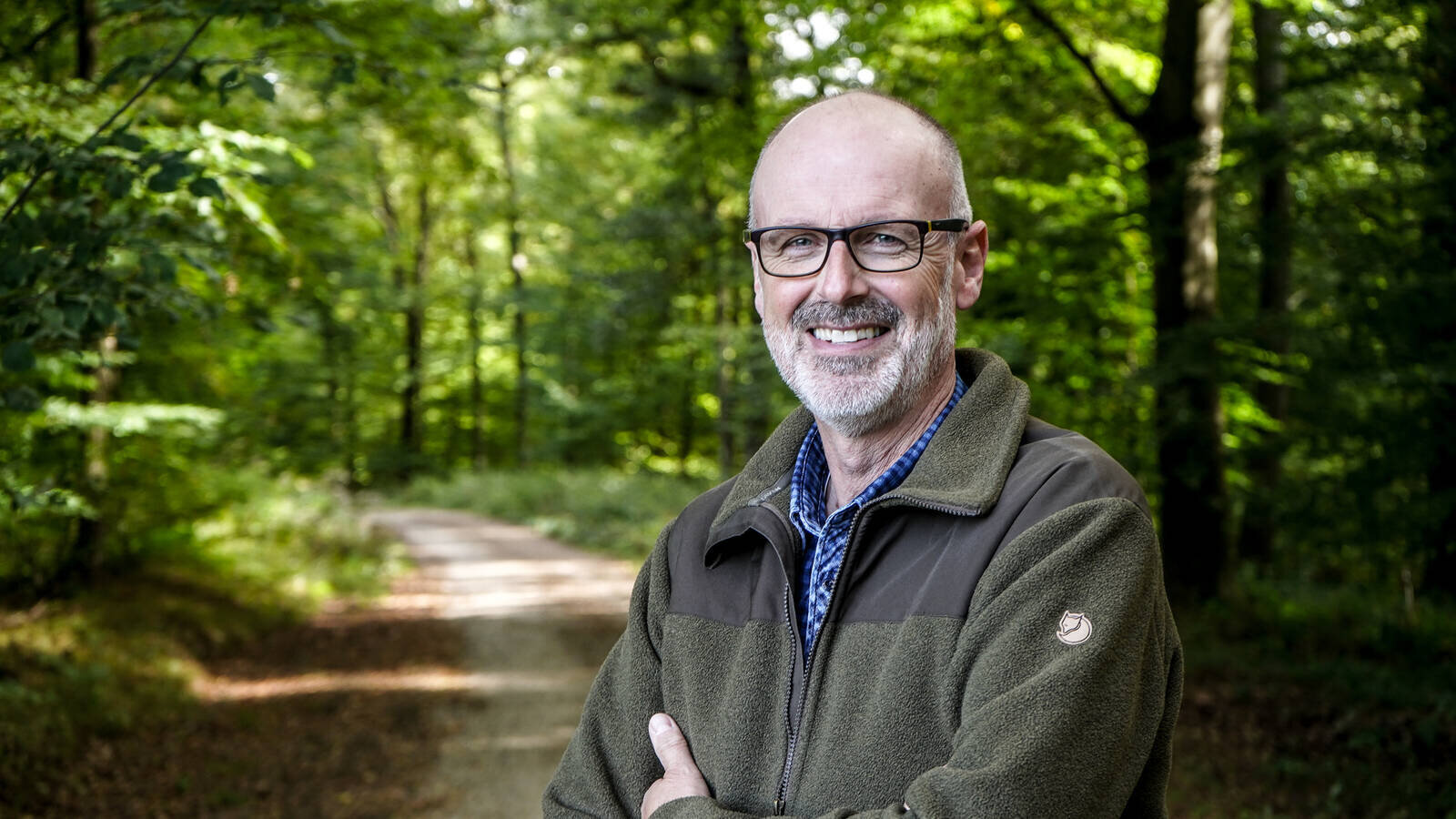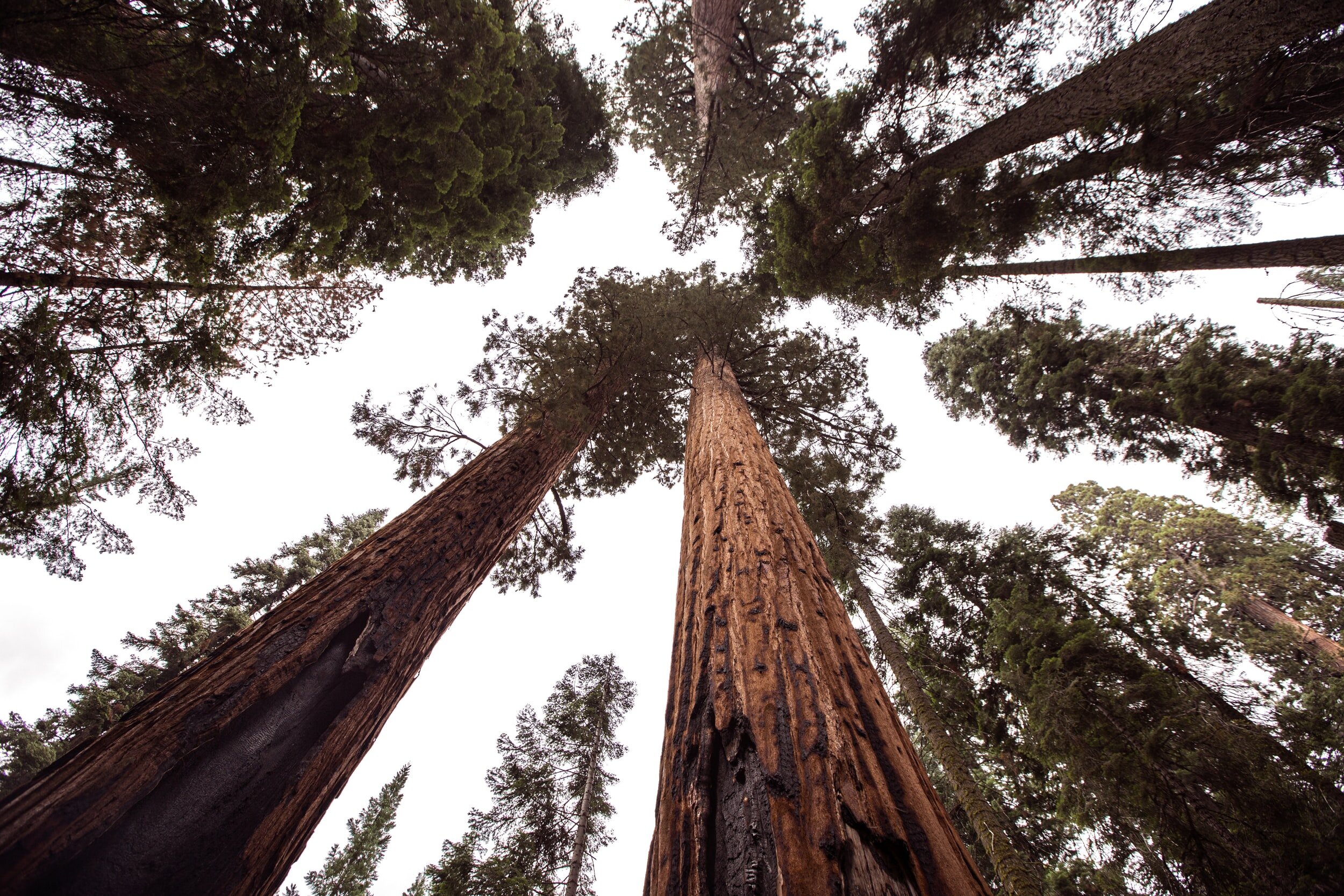Story at a glance…
-
A new documentary features decades of work on plant intelligence
-
Featuring Europe’s most famous forester, Peter Wohlleben, it’s a roundup of tree facts that transforms our understanding of what a tree or a forest is
-
Wohlleben spoke to World at Large about the production, and his life’s work.
“Superorganisms” is a term for circumstances of life whereby many individual life forms work together in such a way as to appear like a single being. There’s no such thing as “a bee” or “an ant” in a certain sense, as they are always found amid their hives and nests. In the ocean, superorganisms actually do appear as one; in the case of the pyrosome or salp — floating, moving worms whose bodies consist of hundreds and thousands of tiny zooids.
Forests are superorganisms, and the science of their intelligence, awareness, and abilities to act upon the landscape has steadily grown since the days of Darwin.
Now a new documentary capturing the life and work of Peter Wohlleben, a German forester and “shepherd of the forest,” as Tolkien would have described it, has been made to bring the world up to speed on exactly what humanity takes away from the forest every time it fells a tree.
Sharing the name of his best-selling book, “The Hidden Lives of Trees” will forever change your perception on the forest.
Tree butchers, tree mothers
“When I was a child I wanted to become a conservationist… and when I started in forestry, because I thought at first [I’d be] someone a little bit like like an Ent in The Lord of the Rings—a tree-keeper, I learned a forester is more like a tree-butcher,” Wohlleben told WaL in an interview.
Normally that would be a joke, except over the course of the 1-hour documentary, Director Jörg Adolph covers what is essentially a lesson, given in part by Peter, on our five-senses’ equivalents in trees.
“I thought I could lay back and watch them produce the documentary, but they said ‘no, you’re going to a part of it,’ and the team followed me around for about a half-year, almost everything I did,” he said.
In 2018 National Geographic published a video of the biochemical signals released by a leaf under attack by a caterpillar, a subject also covered in the new film. Releasing glutamate after the injury, it activates a conversion process to create calcium, ruining the caterpillar’s dinner.
“Plants look like they are just so intelligent—they do the right thing at the right time, they sense a huge amount of environmental information, and they process it,” said botanist Simon Gilroy under the video. This reaction is not the same in all plants, as some release chemicals that attract the attacker’s predators.
While this was certainly impressive, Adolph and Wohlleben show so much more besides, including the fact that there are “mother trees” which cultivate an area around them to serve as a nursery. They detail their social cooperation, like how trees will entangle their roots together, sometimes over large distances, in order to share nutrients and defend trees that are sick or hungry, or that thousands of trees will somehow coordinate when to release their seeds in order to avoid predators like boar and squirrels.
This cooperation is centered around the superorganism that is the forest. Tree roots mix with thousands of species of plants, animals and fungi to create the sometimes-called “wood-wide-web” also known as the “mycorrhizal network”. Through this social media, they send signals about drought, disease, insect attacks, famine, and more, including bartering food to fungi in exchange for cleaning and detox services.






I go even further, we are all connected. Period. We are in the infancy of understanding the infinity connectivity of it all.
We don’t even know the all of it part yet. And may even never know with little brains and narrowing view minds. Our whole has to change, if we don’t extinct before. Most of our energies and inventions are involved in fighting wars, while the climate, (atmosphere, oceans, mother earth) frown upon our lack of overall care and concern.’
And when I say ‘we’, I mean the stars, the sea, mother earth and all her inhabitants.
The whole universe and beyond…